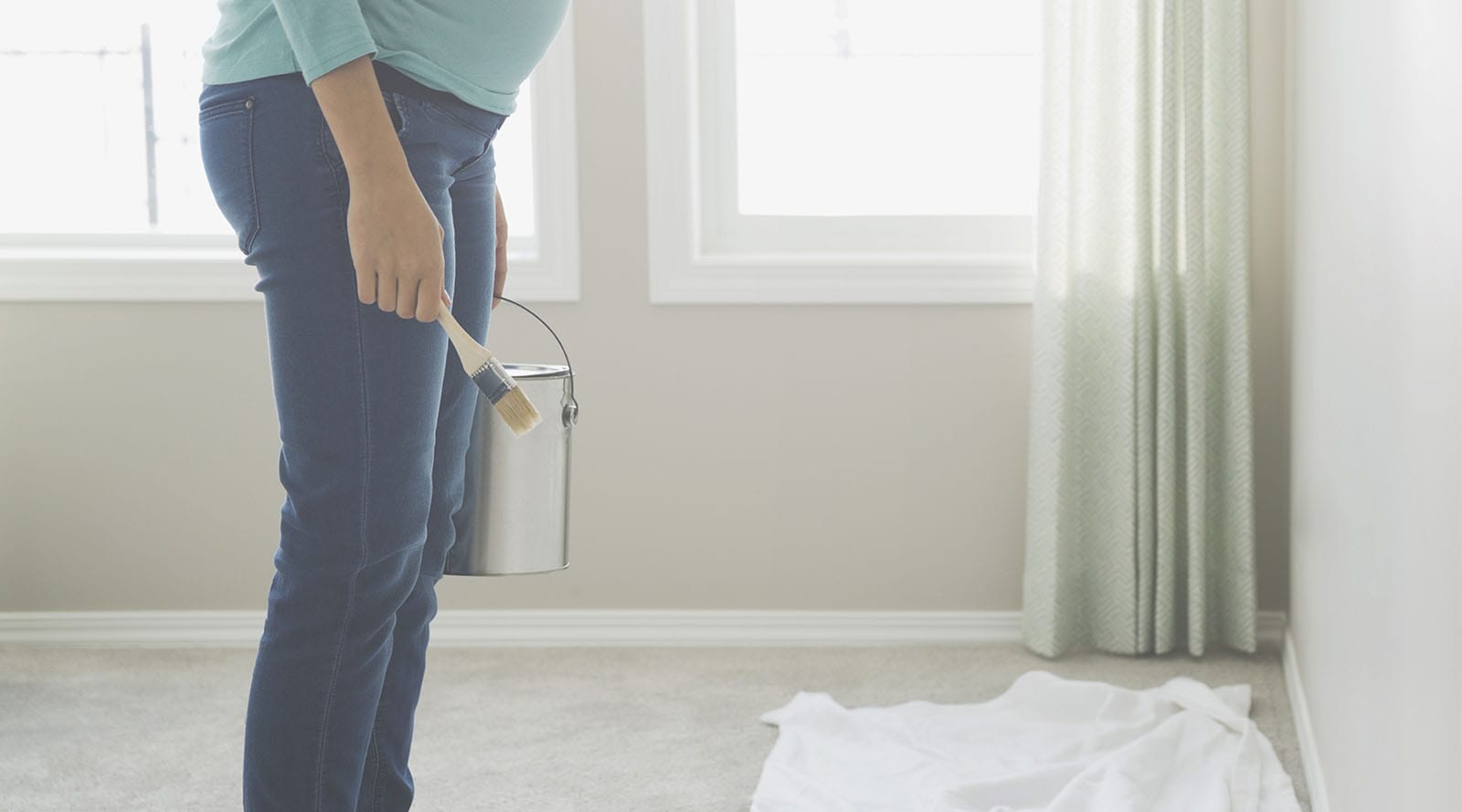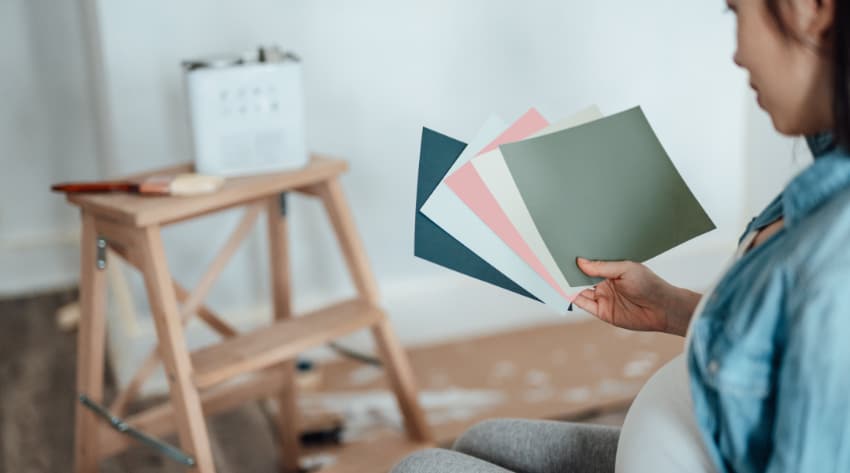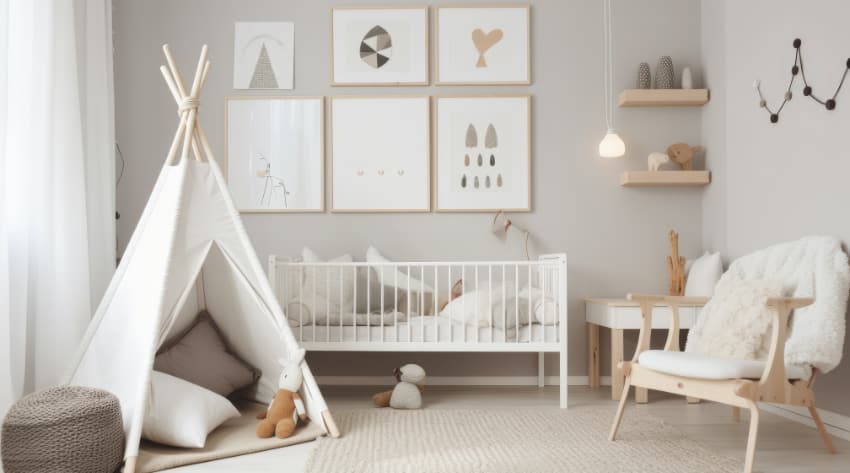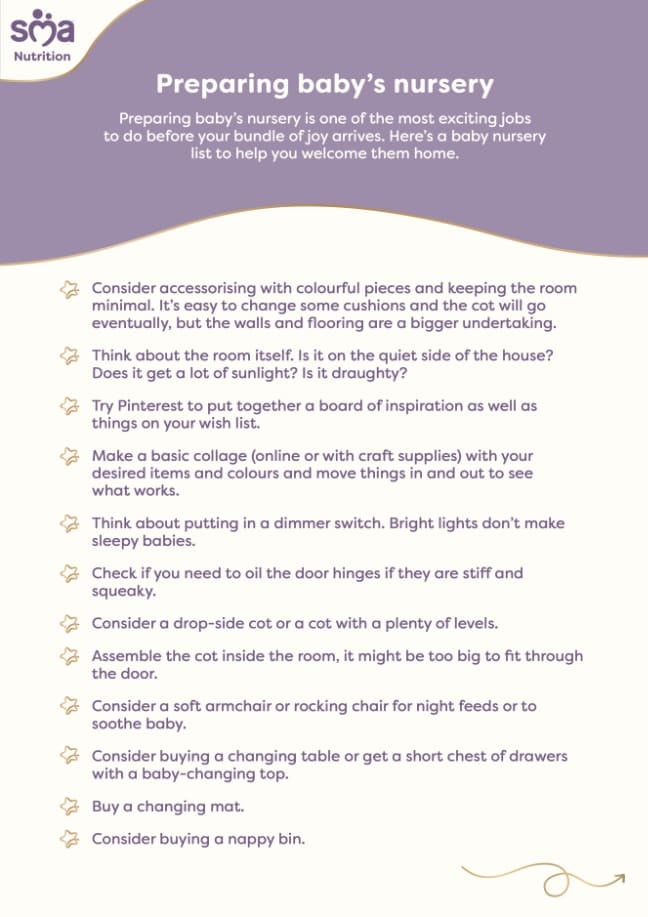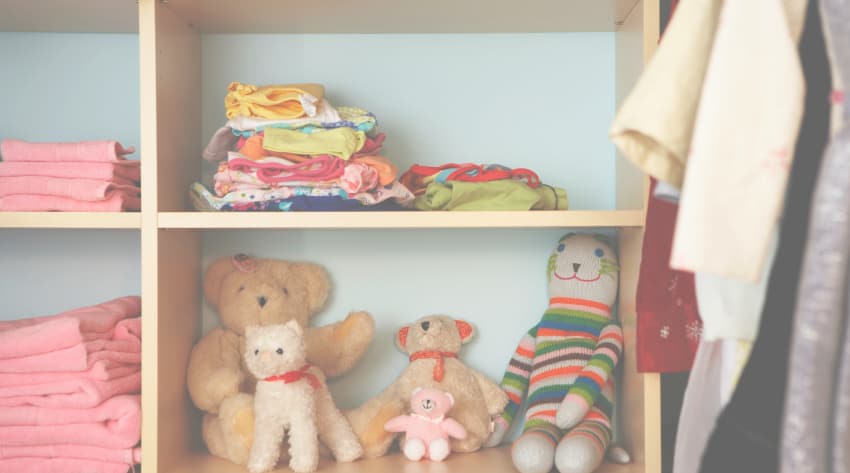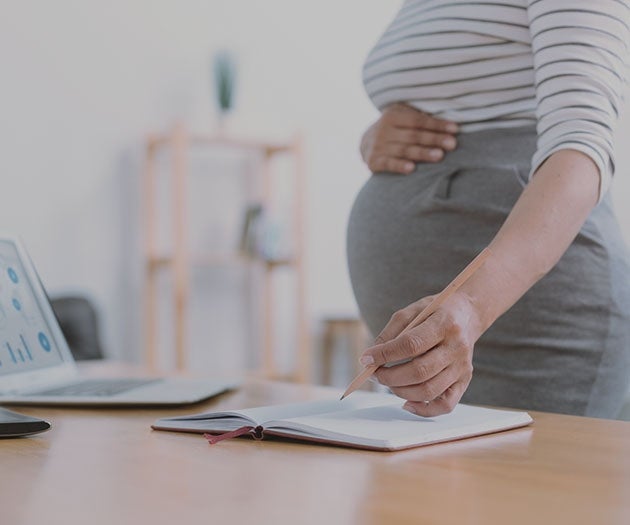Introduction
Prepping your baby nursery can be fun and exciting but it can also feel overwhelming, so our helpful guide is designed to support you through the process.
There’s lots to think about - where do you put the cot? Do you need a changing area? How to baby-proof? If you’re not sure where to begin, here’s a list of nursery tips to give you a few ideas on setting up your baby nursery exactly as you want it. The current HSE advice is to have your baby in a cot in your room with you until they’re six months old so there’s no rush, take your time and enjoy the fun bits.
Which room is best for the baby nursery?
Have a think about where your baby will sleep after they move out of your room – will they have a baby nursery to themselves? Or share with siblings? Think about possible distractions, and how you might counteract these – for instance black out blinds could be a good solution if the room is bright, or a white noise machine if the room is next to a busy road. Check it’s well ventilated and consider how hot it gets in summer and how cold in winter. You may also want the room close to your bedroom so that you can hear baby if they cry. Make sure that you use a thermometer to ensure the room temperature is around 18°C. You can even get thermometers that double up as night lights.
Off with the old and on with the new
If your house is old, there are a few extra things to consider when creating your baby nursery:
- Many old houses are painted with lead paints – read the guidance on how to deal with this safely. Remember, if you’re pregnant, this isn’t work you should be doing yourself.
- Old floorboards can be quite creaky, a deep pile rug can help to muffle footsteps so there’s less chance of waking your sleepy little person. It’ll also add a splash of colour, texture and warmth. Failing that, you may need to practice a ‘Mission Impossible’ style silent escape…
- Some baby monitors don’t work through old, solid brick walls – make sure you’ve tested them before they’re needed!
Baby nursery décor
Most parents will do a fair bit of research for inspiration and ideas before decorating the baby nursery. Browse design sites and social media, flip through magazines, and gather ideas and inspiration from places like Pinterest where you can create your own mood boards online. Remember, if you’re redecorating, choose non-toxic paints. Paint is full of VOCs, which are fume-emitting chemicals: not great for the planet or for baby. Look on labels for VOC-free or low-VOC versions.
Here’s a few thought starters to help you work out what your ‘look’ will be:
- Do you want the baby nursery decor to fit in with the rest of your home? Or do you want a fun, ‘themed’ room? A cute animal theme gets our vote every time!
- A neutral theme will still work when your baby gets older – removable decals or stickers add a fun touch as do colourful furniture, toys and books, which you can swap in and out as they grow.
- Will you need the room to be flexible as a spare room for guests? If you don’t have the space for a bed, could you factor in a futon armchair as part of the furniture?
What nursery furniture does baby need?
Before you turn to Pinterest and dream up a beautiful-looking nursery, think pragmatics! Start with the big pieces of furniture you’ll need and go from there.
If you’re buying a new nursery cot, make sure it conforms to BS EN 716-1. This standard ensures that the cot is deep enough to be safe for your baby, and that the slats are the correct width apart. Think about what else you’ll need in the room - If you’re short of space, think multifunctional or folding furniture. Storage benches that double as toy chests and seats are great. If possible, make room for a changing area and a rocking chair so that any long nights are a bit more comfortable. A baby cot top changer is a great space saver too.
Think about how you’ll use the room in the day – do you want a play area? Do you want to use the room for nappy changing? Will the baby nap in the nursery or elsewhere? – as well as in the night.
How to accessorise your baby nursery
Accessories can transform a simple room into a calm, beautiful haven. Here’s a few baby nursery decor ideas:
Night lights. You’ll be surprised how many great options are out there - some can transform a room into a magical galaxy. If you have a favourite lamp it can easily become a night light by swapping the bulb for a night-time bulb.
Key pieces. Think about a focus piece: a bold patterned rug or a cool lampshade. Always bear in mind the mood you want to create when you choose your colours.
Get personal. There are so many companies offering personalised accessories for the nursery, like mobiles, door signs, name banners and even lighting. You could get even more personal by displaying photos or keepsakes from friends and family members.
Need more inspiration? Why not download our preparing baby nursery guide.
Fancy an eco-friendly baby nursery?
If you want to go eco, here’s a few things to think about.
- Plastic is not fantastic. Toys shouldn’t cost the earth in more ways than one! Plastic toys are cheap but they don’t last and aren’t easily recycled because they can contain chemicals like BPAs which are bad for the environment. Keep an eye out a charity shops or Facebook marketplace for stylish wooden alternatives and look out for organic or eco-friendly brands – they’re popping up everywhere.
- Upcycle furniture. Mass produced furniture made from plywood contains formaldehyde which is linked to headaches, asthma and skin irritation. Buying used furniture or upcycling your old furniture is a great way to save money and the planet too. A bit of paint can turn an old trunk into a brightly coloured toy box or an old chest of drawers into a nappy changing station. Just make sure you’ve thought about safety first - no splinters or sharp edges. It’s also best to avoid buying used cot mattresses, which tend to deteriorate with time.
Baby proofing the nursery
First and foremost, have a certified electrician check that sockets and wiring are safe. Create a safe zone around the cot by positioning it away from windows, blind cords, heaters, lamps, wall decorations and wires. Keep furniture that your baby could clamber on away from the cot too. If you have blinds in the room at all, make sure they are ‘Safe by Design’ or have built-in safety devices.
While you’ve got your toolbox out and your hands are free, you might decide it’s a good time to plan ahead and toddler-proof your home. Once baby comes along life could become a blur and before you know it, they’ll be propelling themselves around and poking their noses, and fingers, into everything.



